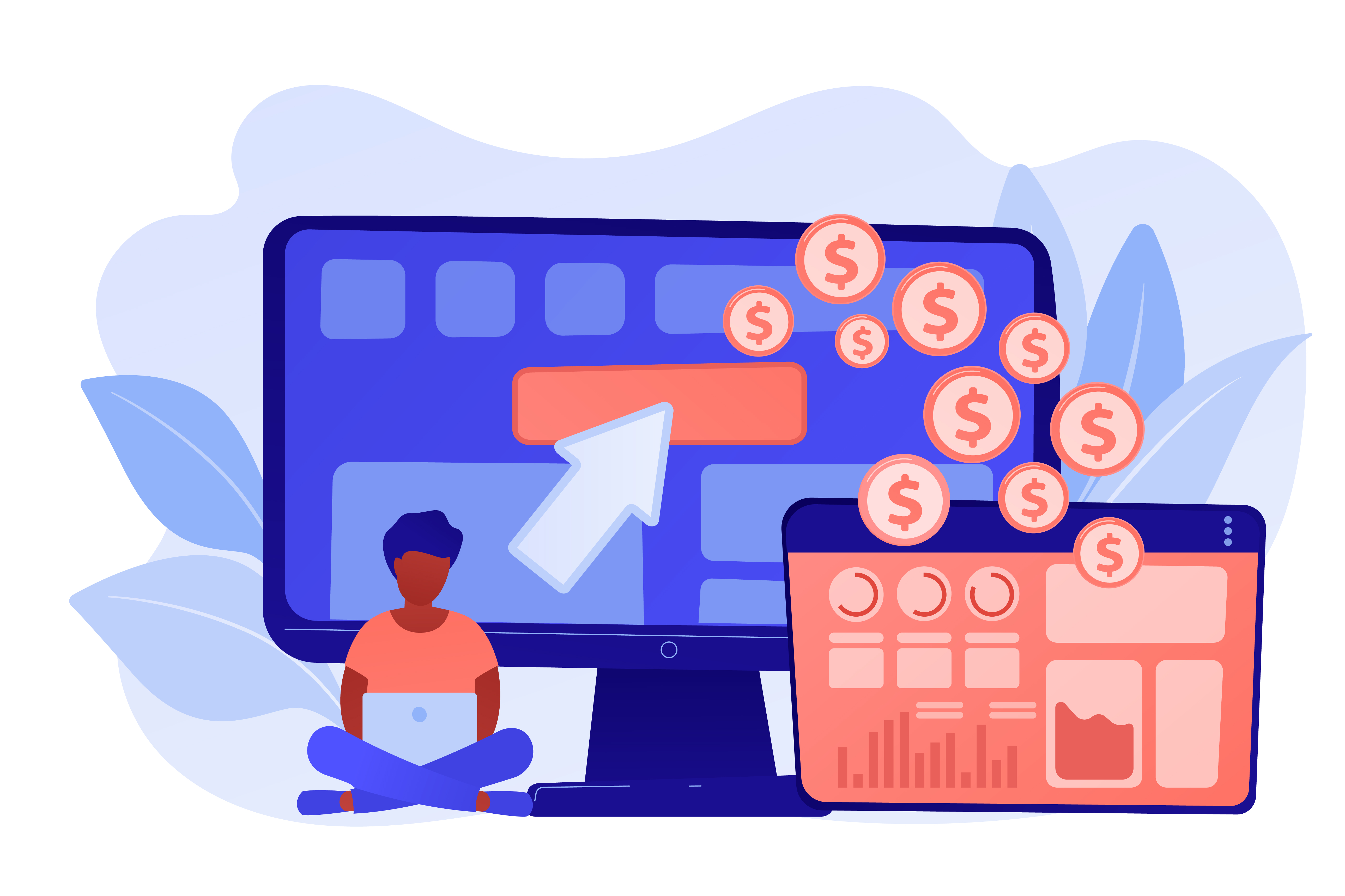Content monetization platforms are tricky. Finding the best one for your digital publication can be a challenge if you don’t know what you need.
Content monetization platforms are tricky. Finding the best one for your digital publication can be a challenge if you don’t know what you need. Even if you do have a strong vision of what your requirements are, implementation can still be difficult.
There are some excellent ways to monetize your content, though. Here are six of the best strategies, ranging from traditional to cutting-edge, that digital publishers have used successfully when it comes to content monetization.
1. The free-at-first gamble
Many digital publishers provide content for free at launch as a gamble on future success. Providing free content to consumers is an excellent strategy for short-term growth, as sites with valued content can become quite popular very quickly. Building a readership or customer base in this way is often an organic approach.
However, providing free content in the longer term is obviously unsustainable. Many sites will begin with a free model and then transition to another one – either ad-supported, subscription-based or going public and receiving investor revenue. Free microblogging site Twitter, for example, was worth around $10 billion in 2016 – and that’s after hitting a high of $40 billion in 2013.
2. The straightforward sale approach
Perhaps the most straightforward method for monetizing content is to adopt a direct sales approach. Setting up an e-commerce content monetization platform that encourages customers to order goods and services directly from you is anything but simple, however. You still have to contend with inventory control, customer service, order fulfillment, and a myriad of other potential headaches.
Content providers differ, and a direct approach may or may not be appropriate for your particular circumstances. Streaming video content sites like Netflix have obviously been highly successful, but straightforward subscription-based services always suffer from the possibility of a consumer finding the same content for free – or at a reduced price – somewhere else unless you can offer exclusive access to certain content. However, even exclusivity isn’t any guarantee of consumer engagement.
3. The metered paywall
In the Dark Ages of the internet, many content publishers concentrated on exclusivity as a monetization strategy. Instituting paywalls that walled off content to anyone but customers or subscribers was largely successful in the days of high exclusivity, but today there are often multiple sources that consumers can pull from to access the same or similar content – a consumer meeting a paywall usually chooses to circumvent it by finding a better, cheaper source.
Hence the development of the “metered” paywall, which offers free access to digital content for a limited time before requiring a purchase. This content monetization platform has proven to be successful in digital news publishing. For example, when The New Yorker instituted a paywall that charged for access to current digital issues but laid its archives bare for free for five months to anyone, it resulted in a massive uptick in both readership and subscriptions – even after the five-month window closed.
4. The affiliate link
Affiliate linking is an especially effective and organic strategy when done successfully. A number of e-commerce sites have affiliate programs, offering referral rewards for driving sales through the site, and major retailers like Amazon encourage affiliate linking. This can be an effective strategy. In 2016, The New York Times purchased Amazon affiliate review site The Wirecutter for a reported $30 million.
The key monetization strategy here involves providing value through detailed reviews of products available on an e-commerce site – along with an accompanying link that credits the affiliate for any sales. Many affiliate product reviewers or promoters rely on search engines to drive traffic to their review sites, as more visibility means more prospects to convert into sales.
5. The native advertising campaign
Instead of seeking revenue from consumers, many digital publishers look to bolster their bottom line from advertising revenue. While banner ads have quickly become passé, running native ads – sponsored posts, in other words – have often proven to be more successful for both publishers and advertisers.
Leading the way with this trend is Apester, which serves as an experiential storytelling platform for publishers, brands and consumers. They had over a billion content shares in 2016 on publications like The Huffington Post, The Telegraph, and USA Today. Their native feel is precisely what makes this model so effective.
6. The non-traditional marketing campaign
Native ads, while demonstrably effective, are just the tip of the iceberg to new thoughts in content monetization. Digital publishers have continued to evolve and adapt their marketing approaches, relying on non-traditional monetization streams as innovative solutions.
One such rising trend, according to a recent HubSpot Benchmark Report, is to delve into event promotion. A full 35% of digital marketers surveyed felt that this method was increasing in value – a marked difference to how those same marketers saw traditional methods. Print advertising, for example, was thought to be not increasing in value but decreasing by nearly 47% of respondents.
Despite challenges and shifting tides within the content landscape, if you opt for these strategies you’ll be sure to monetize and prosper.
___
by Philip Kushmaro
source: CIO


